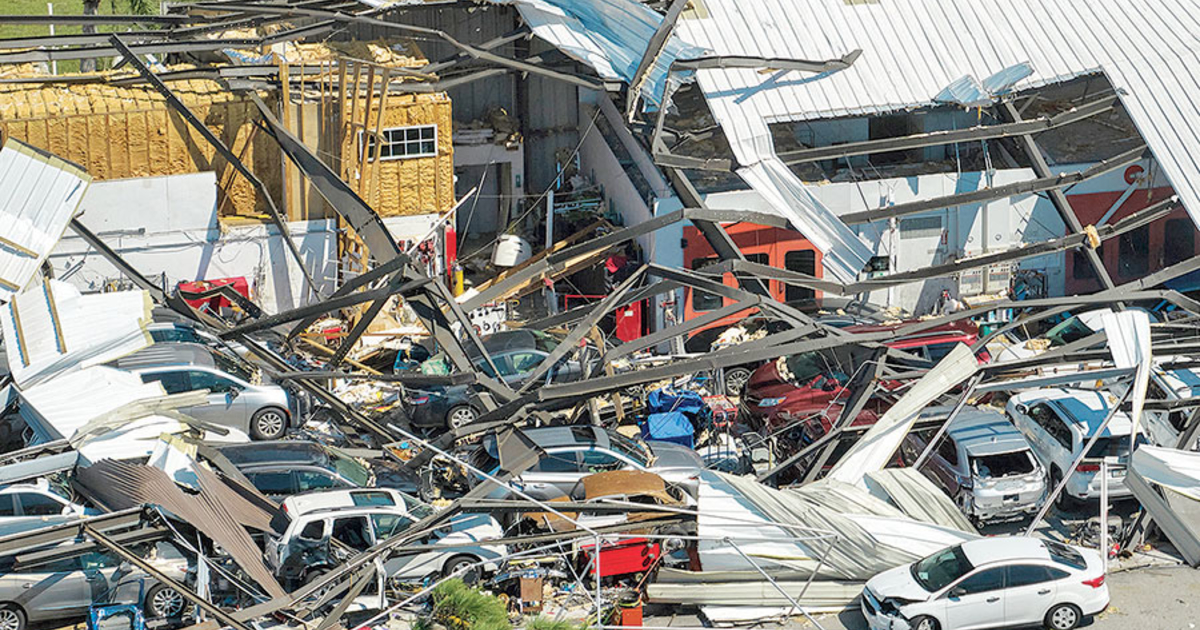
The surge of saltwater that pummeled Florida’s Gulf Coast during Hurricane Ian caused at least eight electric vehicles to catch fire, according to state officials.
Florida CFO Jimmy Patronis called the situation “a real-world experiment … with saltwater and EVs.” He said officials received unconfirmed reports of fires happening outside the state as well, highlighting the threat that compromised EVs can pose if they are resold unscrupulously.
The Florida fire marshal’s office and motor vehicle department determined that 9,700 EVs were registered in the three counties hit hardest Sept. 28, when Ian made landfall packing 150- mph winds. More than 7,000 of those EVs were Teslas and about 3,400 of those Teslas were registered within the 50-meter impact zone that experienced the highest storm surge.
While eight fires represents a tiny percentage of the EVs in the affected area, Patronis noted they are “uniquely dangerous” events. The fire marshal’s office said EVs should not be driven, turned on or plugged in after being underwater.
“Unlike a combustion engine, the fire will keep reigniting,” Patronis said in a statement last month. “Moreover, it’s especially dangerous if there’s an EV, golf cart, or scooter in a storm ravaged home. The battery system can become compromised, prompting a fire, which is again, something we really don’t experience with combustion engines.”
USA Today said it had confirmed 11 EV fires in Florida after Ian, all due to the batteries being submerged or damaged. No deaths have been linked to the fires, but an EV fire on Sanibel Island destroyed the house it was in and another one next door.
“This is really the first time we had flooding in an area with a lot of electric cars,” Jon Linkov, deputy auto editor for Consumer Reports, told USA Today.